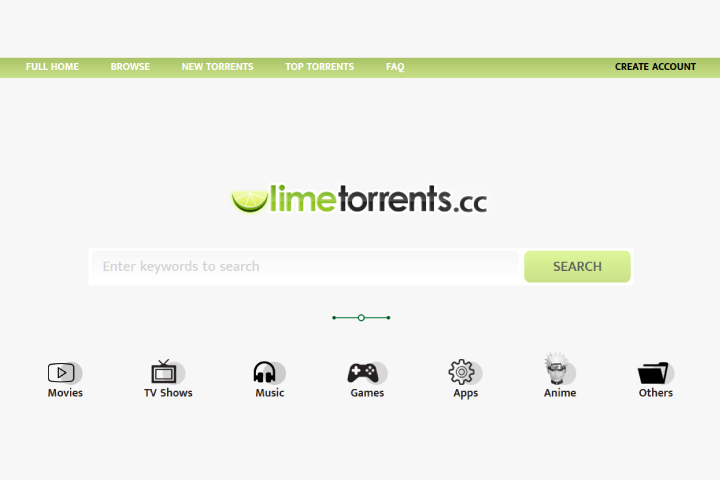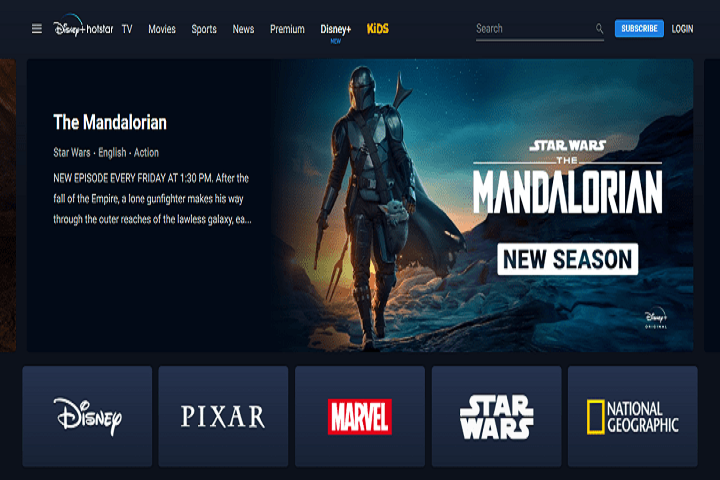Workplace
5 Practices To Promote A Healthy, Productive Workplace
Business leaders recommend the promotion of a healthy, safe, and productive culture in the workplace. Below are practices that can help you achieve this.

Your team is an integral asset to the overall success of your organization. Therefore, ensuring their performance is always at its best is essential. Team members have varying levels and times of productivity and efficiency, and it’s vital to recognize these to help you maximize their efforts and input.
For instance, during a five-day working week, some might be at their best in the first three days of the week. On the other hand, other members might be more productive and active during the later parts of the workweek. Recognizing and understanding such trends can help improve your organization’s productivity and increase your returns.
You should also know how to prevent employee burnout to avoid errors, mistakes, and low morale. Business leaders recommend the promotion of a healthy, safe, and productive culture in the workplace. Below are practices that can help you achieve this.
Table of Contents
1. Practice And Encourage Good Communication
Communication ensures that the team knows the direction that the organization wants. But excellent and effective communication helps the team understand the mission and vision of the organization. It promotes cohesion in the workplace too. Without a good communication framework, the team might not fully perform and meet their respective duties and responsibilities.
Furthermore, a proper communication strategy helps eliminate gaps and doubts. This is especially true when you encourage a two-way communication channel. Thus, when staff require clarifications, need advice, or want to ask questions, they should always have access to you. You can develop an environment where your team can express their opinions and sentiments without fear of repression. Hence, they feel they’re part of the organization, thus improving their morale and productivity.
Occasionally, you might also have to reprimand, criticize, or give contrary feedback to your personnel. It’s essential to ensure that the delivery is constructive and provides direction. In addition, it shouldn’t make the staff feel belittled. Constructive feedback can help your team improve and explore ways to enhance their productivity.
2. Empower Your Team
It’s essential to set targets per team member and for the organization. But it’d be best to have assessments that determine progress at various stages. This can help you ascertain if you’re on the right path. Thus, you can introduce new targets or change them depending on the business environment.
However, while setting targets for individual staff is necessary, it’s crucial to ensure they have all the tools they need to perform. This includes proper communication channels. Otherwise, they can get frustrated if you set targets without the right tools to deliver. It can significantly lower their productivity due to limited resources.

Further, encourage an environment where the team doesn’t feel you’re micromanaging them. Once you communicate expectations and define responsibilities, it’d be best to allow them to explore their abilities to attain the targets. Yet you should be available to provide guidance and clarifications where necessary. This instills a sense of trust and belief in your team, which they can reciprocate through increased efficiency and productivity.
Therefore, providing essential tools and allowing your team to take ownership can create a healthy work environment. This can encourage decision-making, which can also improve your team’s confidence.
3. Initiate And Implement Personnel Appreciation Schemes
Each team member has an impact on your organization’s operations. They are recognizing their efforts and rewarding them where necessary, which would be best.
Recognition methods can include appreciation certificates and periodic awards. On the other hand, rewards can be in the form of gift vouchers, paid vacations, or monetary rewards. These appreciation schemes can help show your team you value and appreciate their every effort. As a result, you can improve the team’s spirit and morale.
Plus, company rewards can promote healthy competition, thus enhancing their overall productivity. It’s essential to ensure a fair, open, and consistent structure to prevent cases of bias. Additionally, daily or weekly briefs with special mentions can also help boost the workforce’s spirit.
4. Encourage An Environment That Allows Work-Life Balance
Between commutes and time the team spends working, work already takes up most of their time. Hence, it’d help if you could promote an environment that enables them to balance their personal and work lives. You can allow flexible work schedules.
You can also encourage the team to take regular time off. It’d be best if you advocated for the team to leave office work at the office. A work-life balance can help improve the team’s relationships on and off work, helping increase their productivity.
5. Foster A Team Spirit
Each staff member has individual responsibilities. But these responsibilities may sometimes require input from other team members. Henceforth, your responsibility is to promote a teamwork culture within the team. When one staff member seeks assistance from the others, there shouldn’t be friction or fear of feeling inadequate.
One way to promote teamwork is through regular training and team-building exercises. Most team-building activities, such as tug of war, help the team realize that one person’s input is essential for the team’s success. These activities also help promote communication. You are allowing your team to work in sync towards a common goal.
Conclusion
A healthy and productive workplace is essential for an effective and functioning team. This can help your organization significantly achieve its objectives and goals. The above best practices can help create an ideal work environment for your team.
-

 Instagram4 years ago
Instagram4 years agoBuy IG likes and buy organic Instagram followers: where to buy them and how?
-

 Instagram4 years ago
Instagram4 years ago100% Genuine Instagram Followers & Likes with Guaranteed Tool
-

 Business5 years ago
Business5 years ago7 Must Have Digital Marketing Tools For Your Small Businesses
-

 Instagram4 years ago
Instagram4 years agoInstagram Followers And Likes – Online Social Media Platform















